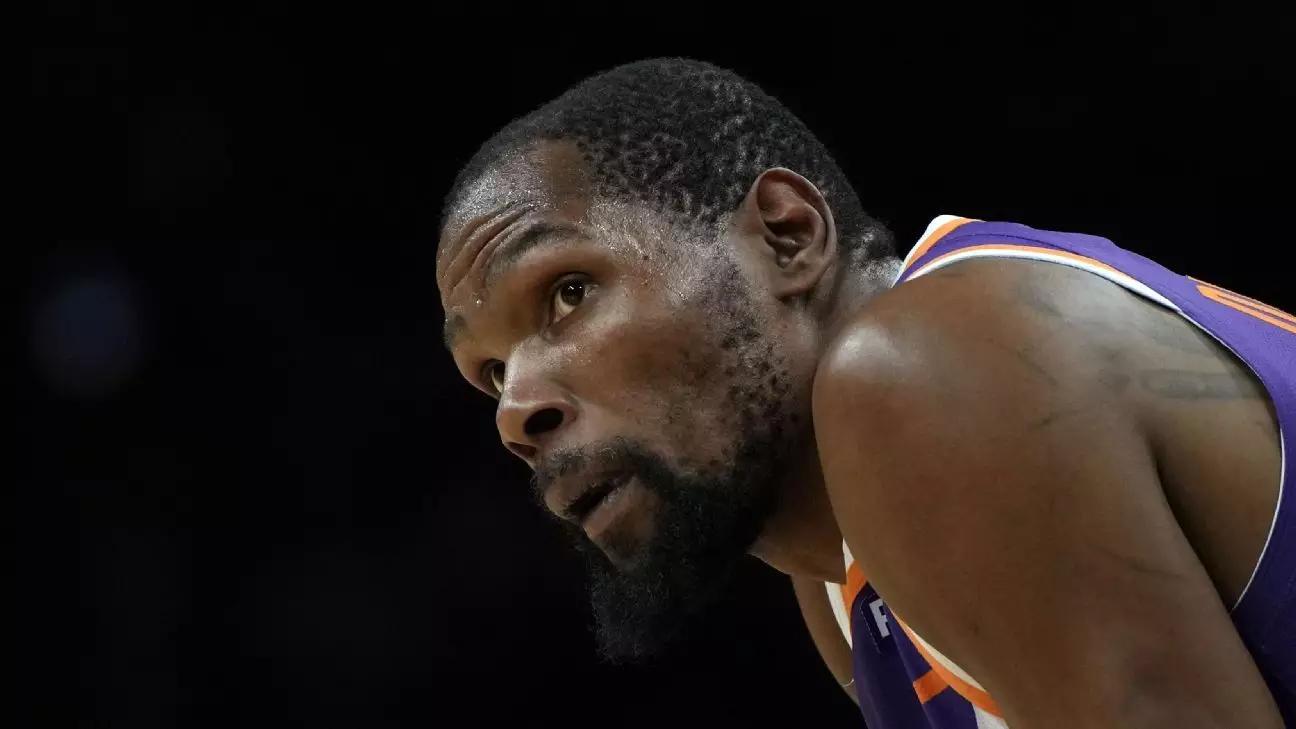In the landscape of professional basketball, moments of unparalleled magnitude often reshape the league’s future, and this recent multi-team trade stands tall among them. The NBA’s latest blockbuster, involving seven teams and a cascade of assets, exemplifies how strategic maneuvering and ambitious franchise visions collide to forge a new competitive axis. This deal is not merely an exchange of players and picks; it is a testament to the league’s evolving approach to building dynasties and consolidating power.
Traditionally, trades tend to involve only a handful of teams or players, but this complex web spanning the Houston Rockets, Atlanta Hawks, Brooklyn Nets, Golden State Warriors, Los Angeles Lakers, Minnesota Timberwolves, and Phoenix Suns reveals a paradigm shift. Here, the primary catalyst—the movement of Kevin Durant—was just the tip of the iceberg. Behind the scenes, teams navigated a labyrinth of salary cap considerations, strategic draft capital redistribution, and roster depth adjustments.
This trade underscores an important insight: in today’s NBA, success hinges on agility, not just talent. The interconnected nature of the transaction demonstrates how league-wide ambitions are now intertwined, with each team’s move serving a broader purpose. For the Rockets, acquiring Durant signifies a bold step toward immediate contention, signaling a desire to ascend the standings swiftly. Conversely, the Suns, despite losing a franchise great, capitalized on the deal to re-shop assets and remain competitive within a changing landscape.
Asset Swapping and Draft Strategy: A Masterclass in League Engineering
What makes this trade extraordinary isn’t only the star power involved but also the meticulous craft of asset management. The exchange of six players, including rising star Jalen Green and seasoned veterans like Dillon Brooks and Clint Capela, coupled with multiple draft picks, exemplifies a calculated approach to building long-term competitiveness. The movement of a first-round pick—particularly the No. 10 selection—serves as a lynchpin, strategically allocated within the broader deal to acquire a marquee player and facilitate subsequent draft maneuvering.
The involvement of multiple second-round picks further exemplifies the league’s modern strategy: value isn’t limited solely to first-round talent. Teams are increasingly recognizing the importance of second-rounders as low-cost, high-upside assets—good lottery tickets in a game that rewards depth and future potential. Phoenix’s ability to pivot, using the trade’s assets to draft promising prospects like Rasheer Fleming and Koby Brea, illustrates how draft capital can be repurposed to sustain competitive cycles.
Furthermore, the trade’s fluidity highlights the league’s flexibility in reallocating assets. Houston’s ability to re-acquire Clint Capela, who previously spent years there, demonstrates how historical familiarity and positional depth are integral to team-building. This indicates an emphasis on roster cohesion, merging veteran experience with youthful promise in an era where adaptability reigns supreme.
Kevin Durant’s Departure: The End of an Era, The Beginning of a New Chapter
Durant’s move from Phoenix to Houston marks a significant chapter—not only for the teams involved but for the league’s perception of star-driven transactions. Durant, as one of the most accomplished players of his generation, embodies the league’s increasing tendency to chase superstar acquisitions, often at the expense of sustained team-building strategies. His reflective statement reveals a player aware of how every team phase shapes his journey, emphasizing community, gratitude, and an unyielding desire to contend.
Yet, the deal also raises critical questions about the nature of loyalty and legacy in the NBA. When stars are swapped like chess pieces, it underscores a market driven more by strategic windowing and cap luxuries than by enduring organizational loyalty. Durant’s situation epitomizes the modern player’s transient career, where personal ambitions and team aspirations often collide in the pursuit of championships.
From the franchise perspective, the trade accentuates a ruthless pursuit of immediate success. Houston’s aggressive acquisition underscores a broader trend: teams are no longer content with rebuilds or gradual growth. Instead, they aim to shortcut the process—injecting superstar talent and reshuffling their roster to accelerate pathways to victory. The way other teams, like Phoenix, leverage assets to remain competitive speaks to a league where agility and adaptability are paramount.
As this trade redefines the league’s competitive landscape, it becomes clear that the era of patient, long-term planning is giving way to rapid-fire, high-stakes gambles. The true winners will be those clubs that masterfully balance star power, draft assets, and salary cap flexibility, harnessing the chaos of complex trades to craft dynasties for the future.


Leave a Reply